| JOURNALISM | MISC | ABOUT | CONTACT | LINKS |
| Media: RFI, 05-12-17 | • | Calendar | • | Topics | • | • | ← | • | → |
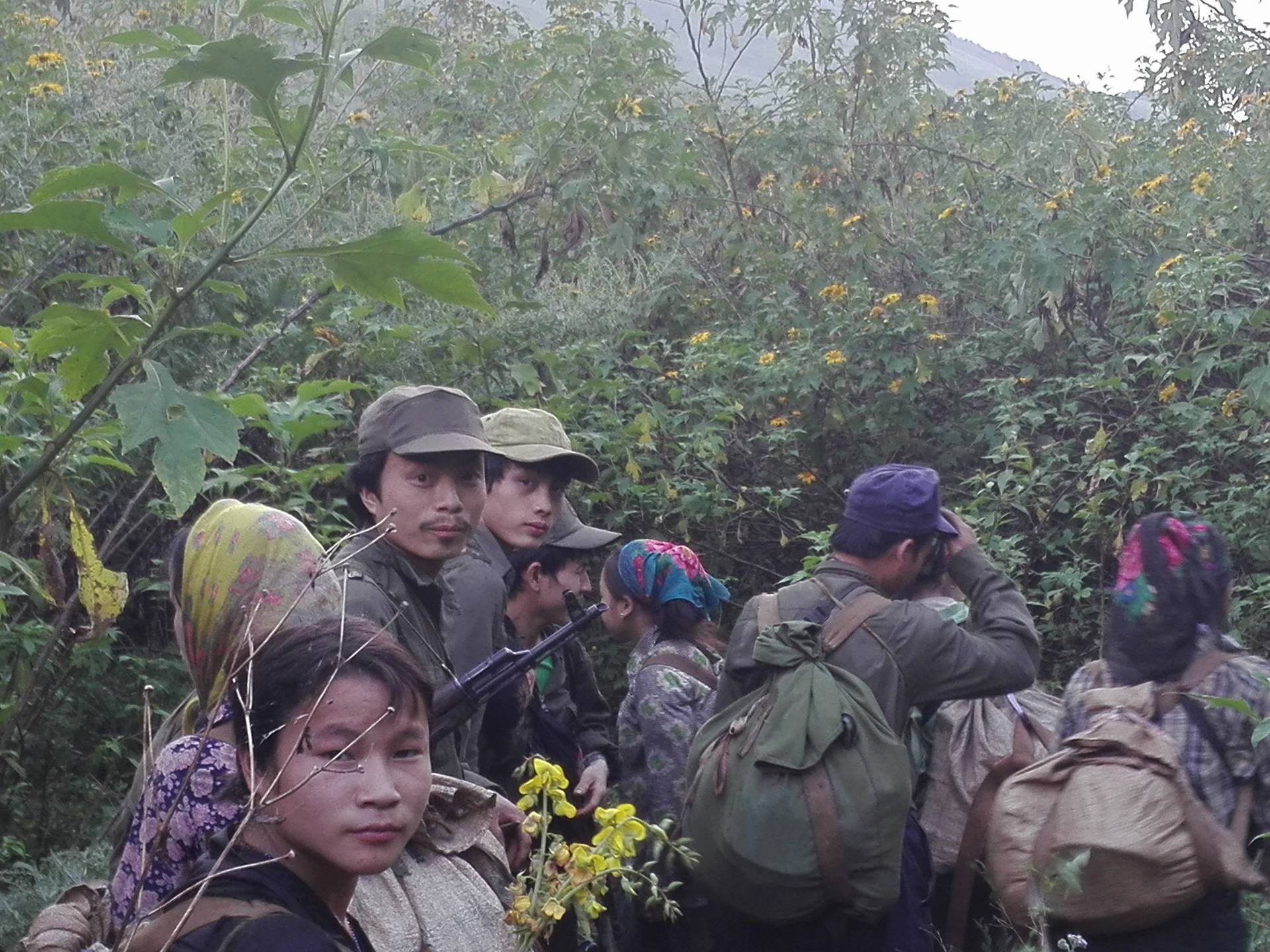 Deep in the jungle in Laos, a small group of people tries to survive against all odds. Surrounded by
Lao military camps, men, women and children keep themselves alive by eating roots and leaves and an
occasional gibbon.
Deep in the jungle in Laos, a small group of people tries to survive against all odds. Surrounded by
Lao military camps, men, women and children keep themselves alive by eating roots and leaves and an
occasional gibbon.
They live in makeshift tents and are always on the move. Recently the shelling has intensified. But their calls for help fall on deaf ears.
Text: Jan van der Made, pictures courtesy James Her
“There is more heavy artillery, they are launching 60mm and 80 mm rounds. It becomes very difficult to find food in the area.” This was the last update from Chong Lor Her, the leader of the Hmong Chaofa group that hides in the jungle in Xaishumboun Province, east of Vientiane.
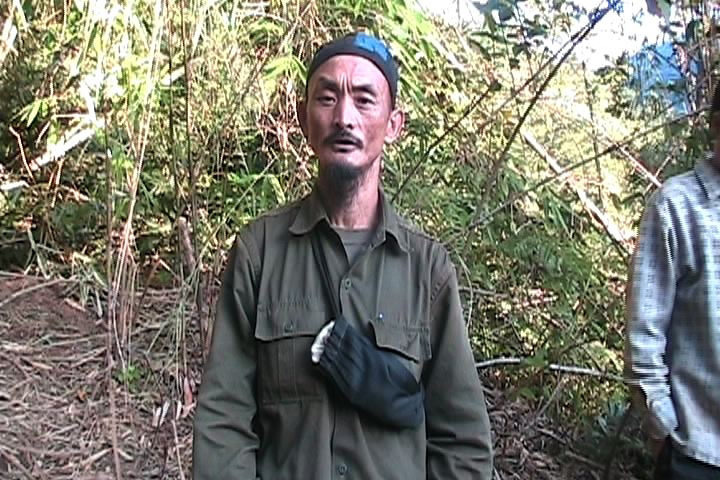 Her, nicknamed the “president”, sent his message by satellite phone, on November 23. It was translated
by a US group sympathetic to him and forwarded to RFI. Chong Lor Her is the last of the Hmong fighters
who was part of the CIA’s clandestine army that fought a secret war against Vietnamese and Laotian
communists in the 1970s and are still fighting on the ground. His companions in arms were all born
in the jungle.
Her, nicknamed the “president”, sent his message by satellite phone, on November 23. It was translated
by a US group sympathetic to him and forwarded to RFI. Chong Lor Her is the last of the Hmong fighters
who was part of the CIA’s clandestine army that fought a secret war against Vietnamese and Laotian
communists in the 1970s and are still fighting on the ground. His companions in arms were all born
in the jungle.
When the Americans left Indochina in 1975, they airlifted out some of the Hmong, a minority people with their own distinctive language and habits whom the CIA recruited because of their hatred of the communists. But they left tens of thousands behind. Many of those walked through the jungle and reached refugee camps at the Thai border, from where the Hmong diaspora spread into France, French Guiana and the US, where they struggled to start a new life.
But some stayed behind, continuing their war against the communist Pathet Lao, that had taken over the government of Laos. Over the decades, their numbers have dwindled. “They are constantly fleeing persecution by the Lao military and a lot of them just have been killed,” says Marvin Kumetat, a project coordinator with the Brussels-based Unrepresented Nations and People’s Organisation (UNPO) that raises awareness for the group.
Kumetat estimates that there are 2-3,000 Hmong in 10 different groups hiding in the jungle, cut off from the outside world. “No government personnel, journalists, humanitarian groups can go inside this region,” says Kumetat.
Journalists jailed
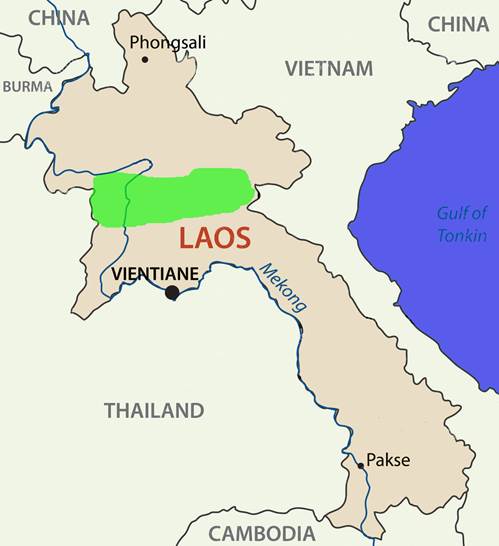 Some try, but at great risk. In 2003, French cameraman Vincent Reynaud and Belgian photographer Thierry
Falise together with their interpreter, Hmong American pastor Naw Karl Mua, managed to reach the Hmong
hideouts. But they were arrested by the Lao military when they tried to leave, grilled for days, and then
sentenced to 15 years in connection with their alleged involvement in the killing of a local militia member.
Following protests by their governments, they were released after 35 days.
Some try, but at great risk. In 2003, French cameraman Vincent Reynaud and Belgian photographer Thierry
Falise together with their interpreter, Hmong American pastor Naw Karl Mua, managed to reach the Hmong
hideouts. But they were arrested by the Lao military when they tried to leave, grilled for days, and then
sentenced to 15 years in connection with their alleged involvement in the killing of a local militia member.
Following protests by their governments, they were released after 35 days.
Other journalists, including BBC producer Ruhi Hamid and her husband Misha Maltzev, have managed to visit some of the groups. Hamid testified for the European Parliament’s subcommittee on Human Rights in 2004, saying that Hmong they met “had no significant military capacity and so pose no real threat to the government forces”.
A handful of other journalists who managed to make the illegal trek to the Hmong jungle outlets reported dire situations, where people were deprived from medical care, lacked basic supplies but were scared to surrender, afraid to be either “disappeared” or sent to a “reeducation camp.”
The only lifeline to the outside world is a clandestine network called “the Blackbirds” that cross the Mekong River illegally from Thailand and provides the Hmong with satellite phones, watches and other equipment. The last Western journalist to visit the region, Spanish documentary maker David Bariain, walked six days through the dense vegetation of the Laotian jungle to reach the camp of the Hmong Chaofa.
They are possibly the last group to continue some sort of resistance to the government and even cherish hopes of establishing an independent state. “It was one of the toughest experiences I had in my whole life,” says Bariain, contacted by RFI.
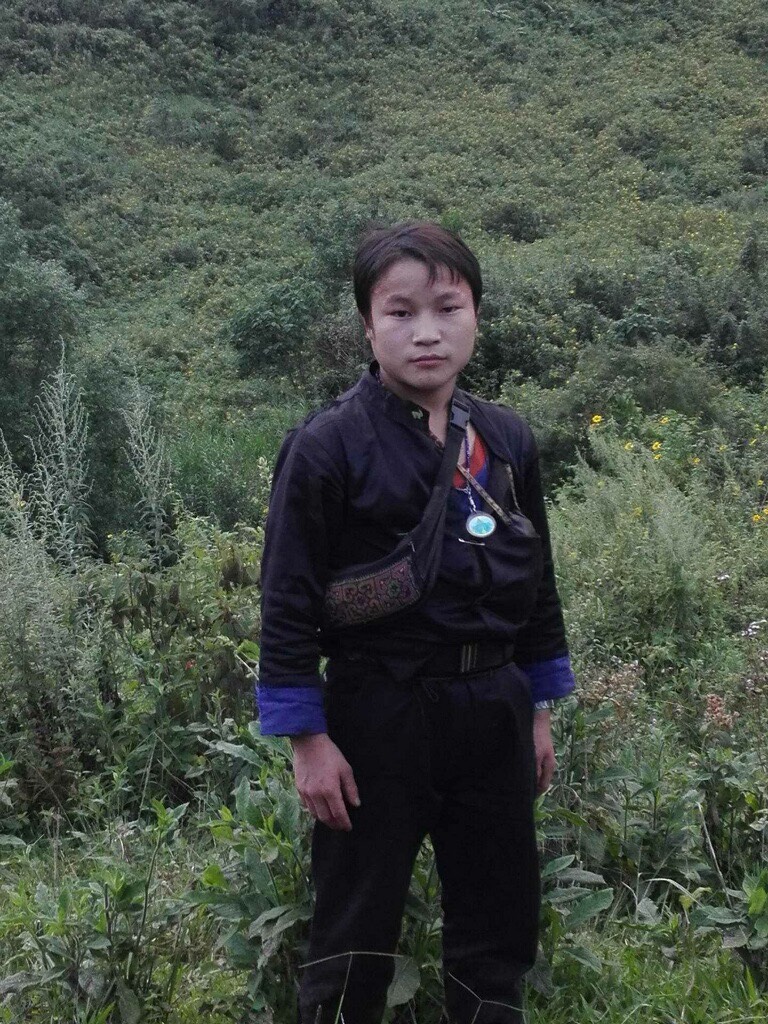
“I just don’t know why the Laotian army still cares about such a small and powerless group. But they do and I noticed that they are hard-core fighters and able to ambush the army from time to time. They are still effective. That’s what they have done for their whole life.”
"What's the point?"
He visited the Hmong Chaofa stronghold in September 2015. “It was like getting into a scene from Apocalypse Now,” he says. “This guy [Chong Lor Her] was really something, coming from another era. But I couldn’t help thinking: 'When he took over the movement there were 10.000 people, now there are 100.' I asked him: 'What’s the point?' and he said, 'There is no other way, we just have to fight'.”
Are chemical weapons used agaist the Hmong?
The Hmong allege that the Lao military use chemical weapons to “exterminate” them. The claims first hit the news on 13 September 1981, when then US Secretary of State Alexander Haig accused the Soviet Union of supplying components of chemical weapons to its communist allies in Laos and Vietnam for use against their enemies.
These remarks were followed by a now declassified CIA report titled Use of Toxins and Other Lethal Chemicals in Southeast Asia and Afghanistan and published on 26 February 1982. The document claims that since 1976, a total of “261 chemical attacks against H’Mong villages and guerrilla strongholds” have been reported by witnesses, resulting in the deaths of 6,504 of the Hmong people. The evidence is based on interviews with “more than 200 refugees” carried out by US embassy officials in Thailand.
However, a careful reading of the report shows that there is hardly any evidence to sustain the allegations of the use of chemical weapons. The case became known as the “yellow rain controversy” where critics point at the lack of hard evidence, charging that the findings were manipulated in order to put the USSR and its allies in a negative light.
Yet reports of alleged chemical attacks continue to this day. In its report on the Current Situation of the Hmong People in Laos 2017, the UNPO states that “The Lao government does not ensure basic human rights to the Hmong people, committing war crimes by using chemical weapons.”
“This is, of course, a severe claim,” says Marvin Kometat of the UNPO. “And the Hmong in the jungle admit that they don’t have the technical expertise to collect evidence.”
But in several cases they said that they had seen helicopters spraying the area “with some kind of fluid”. Immediately afterwards people in the area developed “various symptoms such as dizziness, diarrhea, nausea, blurred eyes”.
Without access to the site by independent observers from bodies such as the Organisation for the Prevention of Chemical Weapons (OPCW), the claims cannot be substantiated.
His documentary on the Hmong, part of the Clandestino series aired by the Spanish version of Discovery Channel in 2016, shows a small and desperate group of people. Many of them have scars of bullet wounds, sometimes with bullets still under their skin. “Most of these kids have bullet injuries," says Bairian, describing children as young as three years old. “It proves this is a continuing process, a continuing offensive.
“I just don’t know why the Laotian army still cares about such a small and powerless group. But they do and I noticed that they are hard-core fighters and able to ambush the army from time to time. They are still effective. That’s what they have done for their whole life.” The Lao government consistently denies that there is any form of “armed resistance” residing in the jungle.
Military reported to be closing in
But an operating order Lao People’s Army No 131, dated 3 May 2005 and attributed to the Laotian army, may shed some light on the matter. Published by the Salem Post, which is based in Minneapolis, home to many of the Hmong diaspora, in 2010 its authenticity cannot be independently verified. The order says that the Hmong hiding in the jungle “must be terminated prior to 2015-2020 from Laos. The CIA Hmong together with their offspring forgotten by the Americans shall be wiped out immediately.
“Then, after 2020, no one of them will be alive nor the secret war fighting. Therefore, I command to the all of our parties in Luang Phrabang Provinces that we must conduct this order from now on." It is signed by “Kham Onh Chittamee of the coordinating Regiment of Luang Phrabang”. Chong Lor Her reports an increase in military attacks over the last few months, while Barain witnessed military bases appatently closing in on the group.
Attempts by Hmong living abroad and concerned human rights organisations to change the situation have not had much effect. The Minneapolis-based Congress of Hmong World People (CHWP), which is made up of veteran Hmong CIA draftees now living in the US, tries to raise awareness with advocacy campaigns and open letters but without much response. "Some governments condemned the Lao Government," says James Her, CHWP president, who accompanied Bariain on his reporting trip.
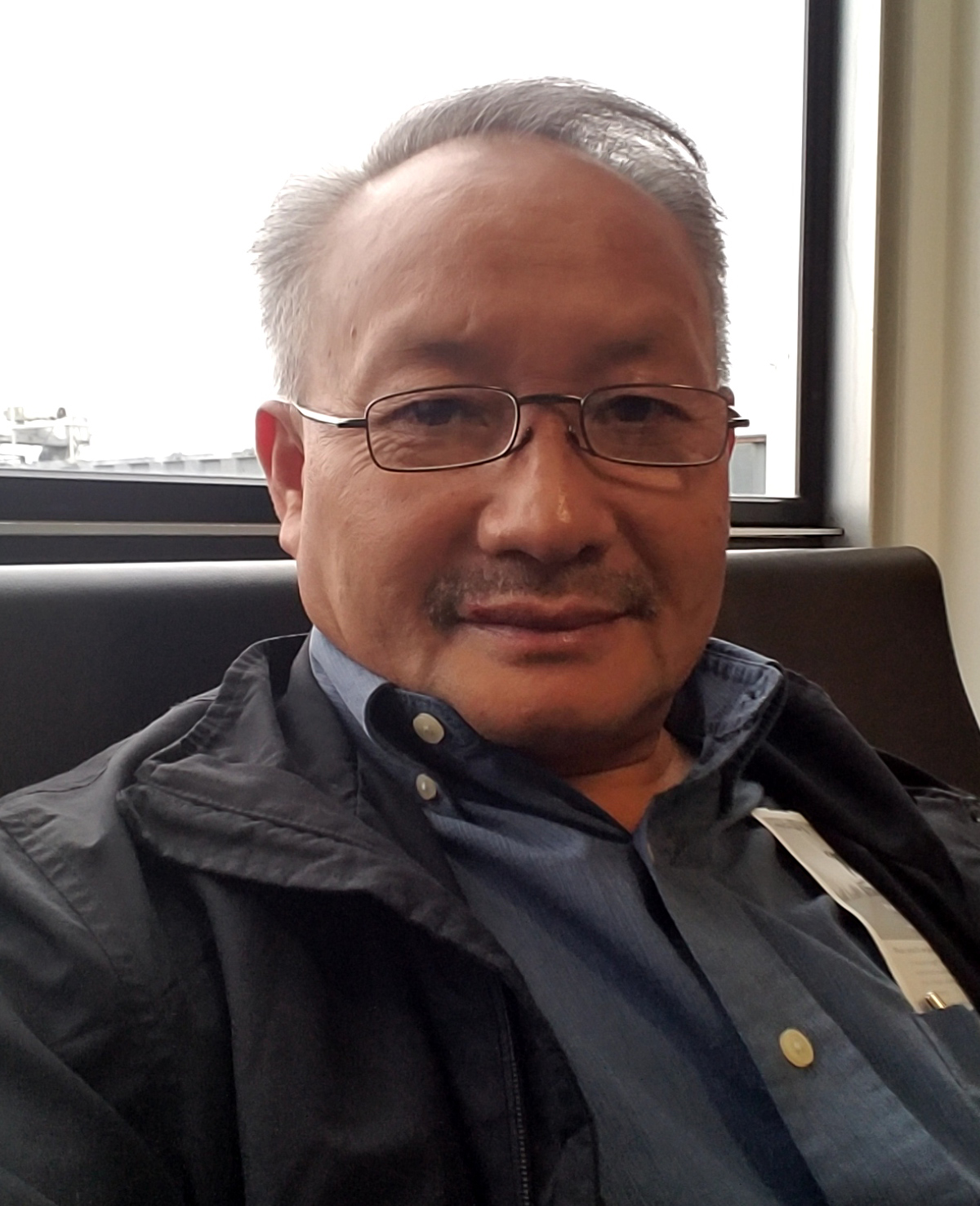 An explanation for the lacklustre repsonse is the lack of concrete evidence. “The only proof we have is
just being in communication with the people on the ground,” says Kumetat of the UNPO. “We have no access
to those areas in central Laos and so no way to verify any of the stories the Hmong are telling you,”
adds Phil Robertson, of Human Rights Watch, in an email.
An explanation for the lacklustre repsonse is the lack of concrete evidence. “The only proof we have is
just being in communication with the people on the ground,” says Kumetat of the UNPO. “We have no access
to those areas in central Laos and so no way to verify any of the stories the Hmong are telling you,”
adds Phil Robertson, of Human Rights Watch, in an email.
The few requests that were made by the EU and the UN to send observers, are categorically refused by Vientiane. During the last Universal Periodic Review, a UN mechanism that addresses human rights issues, 198 recommendations were made. When Bariain asked the head of the Indigenous Peoples and Minorities section of the Office for the High Commissioner of Human Rights (OHCHR), Antti Korkeakivi, if they had “fixed the situation” the answer was a succinct “No.”
If the Laotian government continues to bar all official access, soon there may be no one left to tell the tale. “Many people surrender,” says James Her. “Many people dissapear and many get killed. It's getting worse."